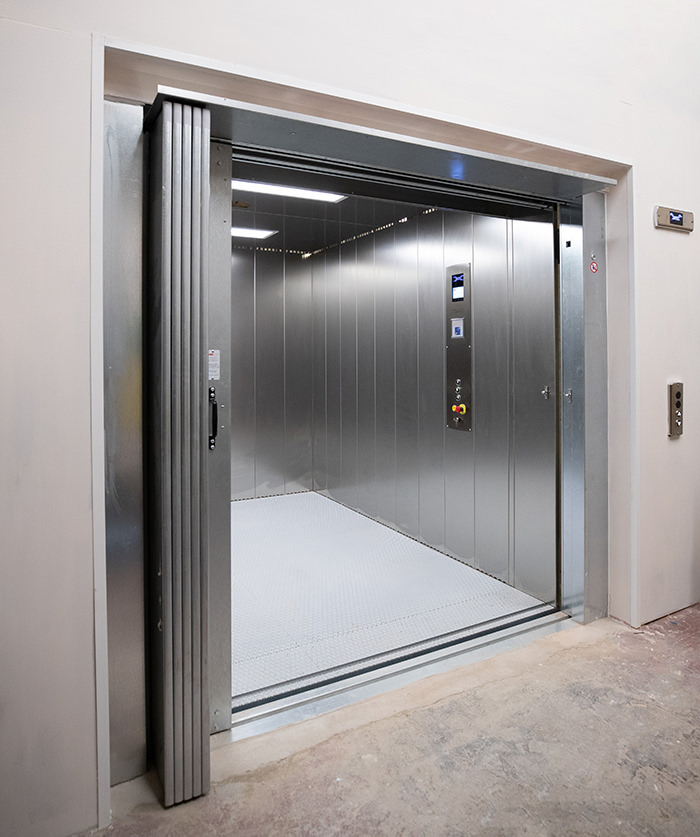We Maintain Lifts to the Highest Standards: Reliable Solution for All Lift Types
Diving Into the World of Elevators: Typical Issues Dealt With by Various Lift Devices
As we browse via the upright transport systems of contemporary structures, elevators stand out as a crucial part of our day-to-day lives. From hydraulic elevators to traction systems and machine-room-less layouts, each lift type comes with its collection of usual problems.
Hydraulic Lifts
Hydraulic lifts, commonly liked for low-rise buildings, use fluid pressure to manage the movement of the elevator vehicle (lift repair companies). This device involves a hydraulic pump pushing oil right into a cyndrical tube, creating the lift to move in the desired instructions. While hydraulic elevators are understood for their smooth and peaceful procedure, they do come with their own collection of typical concerns
One common issue with hydraulic elevators is oil leakage. In addition, problems with the control system, such as malfunctioning shutoffs or a malfunctioning pump, can cause disruptions in the lift's movement.
Normal upkeep and punctual repair work are vital to make certain the smooth performance of hydraulic lifts. By resolving these typical issues proactively, structure owners can lessen downtime and make sure the security and performance of their upright transportation system.
Grip Lifts
When thinking about vertical transport systems in structures, another usual type in addition to hydraulic lifts is the traction lift. Traction lifts run using a system of ropes and weights that move the elevator automobile by grasping onto the hoist ropes. This mechanism enables smoother and much faster upright transport contrasted to hydraulic systems.
One of the common problems encountered by grip lifts is rope wear. The constant activity of the ropes within the grip system can lead to put on and tear over time, potentially creating the elevator to malfunction or end up being risky for use. Routine inspections and upkeep of the ropes are important to make certain the elevator's correct functioning and safety and security.
Another issue that grip lifts might experience is connected to the control system. Troubles with the control system can result in problems such as irregular motion, delays in response times, or perhaps total shutdowns. Routine testing and upkeep of the control system are crucial to stop such problems and make certain the elevator's integrity.
Machine-Room-Less (MRL) Elevators

One of the key parts of MRL elevators is the portable gearless traction device that is mounted within the hoistway. This machine successfully drives the elevator vehicle without the need for large equipment located in conventional grip lifts. In addition, MRL elevators normally use a weight system to stabilize the vehicle, more boosting their energy efficiency.
In spite of their benefits, MRL elevators might encounter challenges connected to upkeep and repair work as a result of the restricted space for tools installation. Availability for servicing parts within the shaft can be limited, requiring specialized training for specialists. Correct upkeep routines and regular evaluations are vital to ensure the continued smooth operation of MRL elevators.
Overloading and Weight Limit Issues
Straining and weight restriction problems are crucial concerns in elevator procedures. Elevator producers design lifts with details weight capabilities to guarantee guest safety and tools durability.
When lifts are overloaded, it places too much stress on the electric motor, cable televisions, and other parts, potentially causing malfunctions or malfunctions. If they identify excess weight, security systems such as sensors and overload sensors are in area to stop elevators from relocating. Additionally, going beyond weight limitations can lead to increased energy consumption and deterioration on the lift system.
To reduce overwhelming concerns, developing supervisors must prominently show weight limitations in lifts and inform occupants on the importance of sticking to these constraints - lift repair companies. Routine upkeep checks by certified professionals can also aid make certain that lifts are running within safe weight specifications. By addressing overloading and weight limitation concerns proactively, building owners can improve lift safety and effectiveness
Electric System Failings
Exceeding weight limits in lifts can not only bring about mechanical issues however also potentially add to electric system failings within the lift infrastructure. Electrical system failings are an important problem in elevator procedure, as they can trigger unforeseen shutdowns, breakdowns, and even safety and security dangers. One usual electric concern is the overheating of parts as a result of excessive current flow triggered by straining the elevator past its capacity. This can lead to harm find to the electric motor, control, or electrical wiring systems, leading to pricey repair work and downtime.
Furthermore, power surges or variations in the electric supply can also interfere with the lift's procedure, impacting its performance and security. These electric disturbances can harm delicate lift components such as control board, motherboard, or sensing units, bring about system failings. Normal maintenance and evaluations are vital to determine and deal with potential electric problems quickly, ensuring the secure and reliable operation of lift systems. By adhering to weight limits and carrying out regular electrical system checks, structure proprietors can minimize the danger of electrical failings in lifts.
Final Thought

Hydraulic elevators, usually preferred for low-rise structures, utilize fluid stress to manage the movement of the elevator automobile.When taking into consideration upright transport systems in structures, one more common type aside from hydraulic lifts is the grip find out here elevator. Traction basics lifts run utilizing a system of ropes and counterweights that move the elevator auto by gripping onto the hoist ropes. Unlike typical lifts that require a different machine room to house the tools, MRL lifts incorporate most of the components within the shaft, removing the need for a committed machine area.In conclusion, elevators encounter common issues such as hydraulic breakdowns, traction system failings, and electric system troubles.